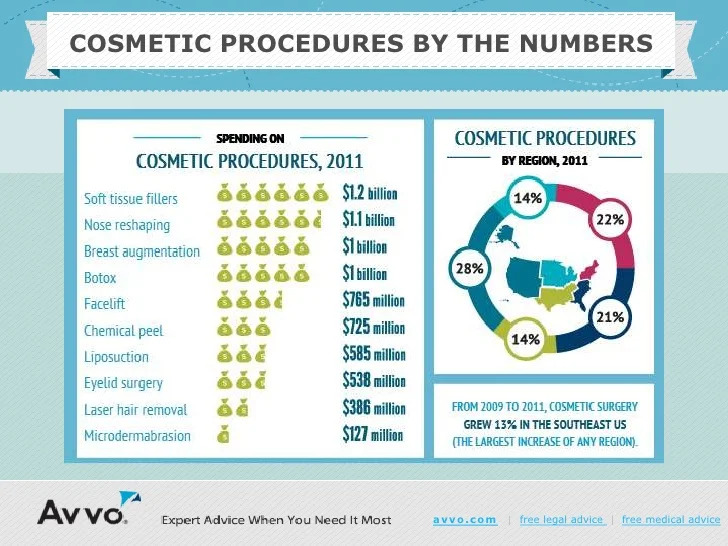How Does Stress Cause Acne
How Does Stress Cause Acne
Blog Article
Acne Treatment - What Are AHAs in Acne Therapy?
AHAs are a vital active ingredient for unclogging pore obstructions and lightening up acne-prone skin. They function by breaking down dead skin cell build-up to promote newer, fresher cells, and preventing future clogs.
Formulating topical AHAs requires careful focus to various key elements that dramatically impact their efficacy and tolerability. Maintaining the ideal pH array, in addition to vehicle selection and concentration, enhances their exfoliative qualities while minimizing possible adverse reactions.
Glycolic acid
Glycolic acid is understood for its moderate yet efficient exfoliating residential or commercial properties, which advertise skin's all-natural losing and loosen up the "adhesive" that holds dead cells on the surface of the skin. This helps unclog pores and reduce the appearance of fine lines and creases, in addition to boost total skin appearance and tone.
Surprisingly, topical glycolic acid has also been shown to stimulate the production of collagen, which is vital in preserving skin's suppleness and flexibility. It is necessary to keep in mind, nonetheless, that due to the fact that glycolic acid can boost the skin's level of sensitivity to sunshine, it is vital to wear sunscreen when using any products containing this component.
Skin specialists pay cautious interest to the formula of products containing AHAs in order to optimize their effectiveness and tolerability. Developing AHAs with the suitable car, together with pH and concentration considerations, enables ideal skin penetration while reducing potential unfavorable reactions. This is particularly crucial for patients with delicate skin, given that AHAs are known to be mildly bothersome.
Lactic acid
Lactic acid is located in several non-prescription skin treatment products and some stronger professional peels and treatments. It has the most affordable molecular weight of all the AHAs and is able to penetrate much deeper right into the skin, where it is a lot more efficient at unclogging pores and exfoliating.
Like glycolic acid, it also stimulates collagen synthesis, which aids lessen great lines and wrinkles and improve skin texture. In addition, it has moisture-retention buildings, that makes it preferable for drier skin kinds than various other AHAs.
The substantial body of scientific data validating the efficacy of topical AHAs sustains their energy in a variety of skin-related conditions and aesthetic issues. These include detailed skin restoration procedures, attenuation of great lines and creases, lightening of hyperpigmentation, restorative intervention for actinic keratosis, and acne monitoring [2] Maximizing the solution of AHAs by stabilizing pH, concentration, and vehicle option additionally improves their therapeutic potential. These mindful factors to consider allow skin specialists to deliver secure and efficient treatments that provide superior professional outcomes.
Mandelic acid
Mandelic acid, originated from almonds, is another participant of the AHA household and is a popular active ingredient in products that help deal with acne. Its bigger molecular size suggests it permeates the skin more gradually and gently, which can lower the capacity for irritation. It's additionally less likely to activate redness and various other skin sensitivity concerns, making it appropriate for sensitive skin kinds.
Mandelic Acid is thought to help in reducing inflammation and increase hydration. It works by loosening up the bonds between dead skin cells, permitting them to drop and reveal fresher-looking skin. It likewise helps reduce the look of enlarged pores.
Creating topical products with AHAs requires an exact balance of vital elements that dramatically affect their effectiveness and tolerability. In particular, the pH of an AHA formula has been revealed to play a critical duty in its ability to advertise exfoliation and improve skin tone and appearance. Achieving this optimum concentration is a difficult goal and needs meticulous interest to the numerous elements that influence the formulation procedure.
Citric acid
Citric acid, found in citrus fruits such as oranges and lemons, is a moderate AHA. It's much less irritating than glycolic or lactic acid, making it preferable for sensitive skin. It likewise has astringent properties, assisting to dry excess oil.
Like other AHAs, citric acid can be made use of in chemical peels and daily active/maintenance therapies to scrub the skin and promote cell turn over. It can help in reducing the appearance of dark places and hyperpigmentation, as well as great face lines.
It can also boost the synthesis of glycosaminoglycans, which play an essential duty in strengthening the skin barrier feature. This helps to prevent trans-epidermal water loss, and keep optimal hydration degrees in the skin [35]
AHAs can be combined with calming active ingredients such as ceramides or hyaluronic acid to improve their tolerability. They can be integrated right into daily active/maintenance skincare via cream hair botox or lotion solutions. This allows specialists to customize their AHA therapies based on client demands and preferences, with the versatility of selecting from various treatment intensities or focus.